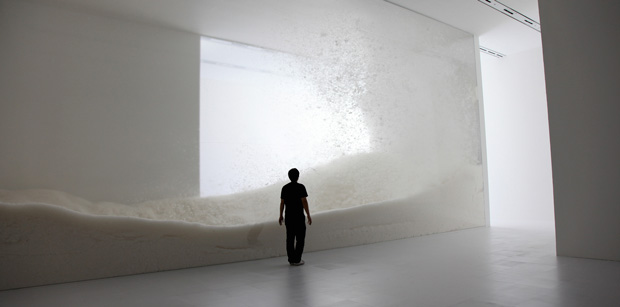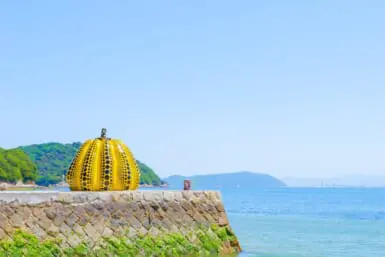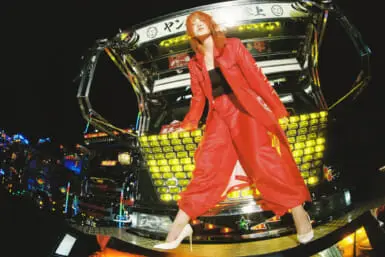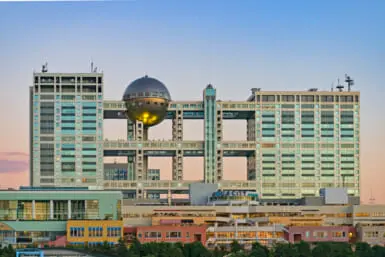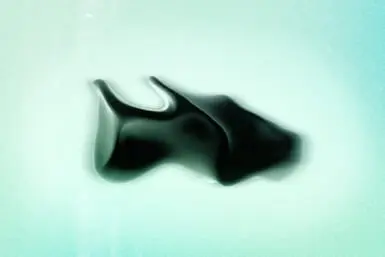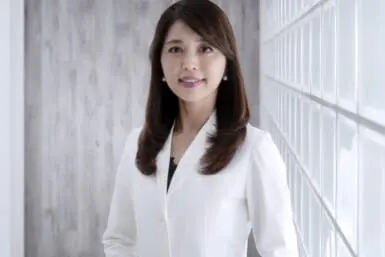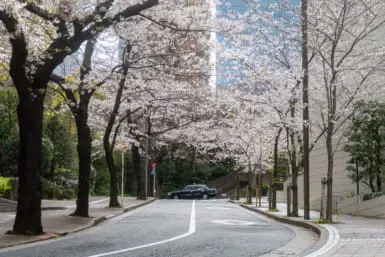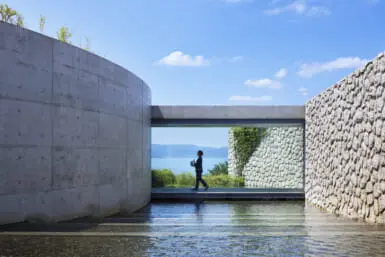by Owen Schaefer
When the Mori Art Museum proposed to do a three-artist show that would examine the contemporary Japanese perception of nature, I hoped it would be more than a feel-good environmentalism show. While the ‘eco’ movement may have grown, it seems that nature itself is increasingly being packaged into simplified boxes.
But pick any three artists and commission them to create new works, and you’re going to get three different approaches. And while the approaches at Sensing Nature sometimes speak less to the perception of nature than they do to the artists’ pet issues, the works highlight the fact that the nature of ‘nature’ is not so easy to pin down.
Designer Tokujin Yoshiok’s main event for this show is Snow: a room, carefully lit, containing several kilograms of feathers that are periodically blown around to simulate the movement of snow. It’s a beautiful installation, and fascinating to watch as it moves from an almost blizzard-like fury to a gentle drifting.

At first, Yoshioka seems an obvious choice for Sensing Nature. Previous works, such as his essentially unusable chairs grown from crystals, have been studies of the complex relationship between human industry and natural processes: an object caught between growth and manufacturing. But really, I expected more from him for this show. Snow, while beautiful, doesn’t say much about the human relationship to nature. Instead, it comes across as a clever imitation, and like much of Tokujin’s work seems to hold nature at arm’s length for contemplation. As a contrast, Taro Shinoda’s work, Reverberation, is refreshingly pragmatic and very much a part of his ongoing efforts to point out connections between the natural and urban, the local and universal.
Reverberation is an enormous cube, three sides of which are lit by videos of natural and urban scenes from around Tokyo. One screen shows images of buildings, interspersed with a shot of a tapir wandering back and forth inan enclosure. It seems alien; out of place. The second screen runs through placid images of the water reservoir that provides much of Tokyo’s drinking water. And the third is a series of films taken on Tokyo’s canals and waterways.
No humans are seen, but the signs of our industry are everywhere. The box of the installation seems a container for Tokyo’s entire environment, strangely portable and physical. Shinoda’s work muddies the borders of nature so much that you are led to question its very meaning. It is Takashi Kuribayashi’s works that seem to best fulfill the promise of Sensing Nature. Kuribayashi also focuses on the borders between things, but does not erase them quite as entirely as Shinoda. For me, it is Kuribayashi that comes closest to a re-examination of nature and our place in it.
In his forest work, viewers enter from underground; above is a landscape of washi paper with holes torn in different spots to allow the audience to pop up and see the forest above them. The effect is that of seeing a familiar scene from a place that even the environmentally minded tend to ignore. Then a second work amplifies this notion, envisioning the continents as we know them as only the tip of an earthen iceberg. Kuribayashi hints that there is always more beneath the visible surface. Sensing Nature is a refreshingly simple show, not overburdened with structure. And what it reveals, perhaps even despite itself, is the problem with setting out to establish a contemporary view of ‘nature’—for some, nature is going to be a thing outside of the human; for others it is something we are inextricable from. No consensus is reached here, but the journey is one worth taking.
Show: Sensing Nature: Rethinking the
Japanese Perception of Nature (to Nov 7)
Gallery: Mori Art Museum (Roppongi station)
Hours: 10am–10pm (Tuesdays to 5pm)
Admission: ¥1,500 Tel: 03-5777-8600
www.mori.art.museum

